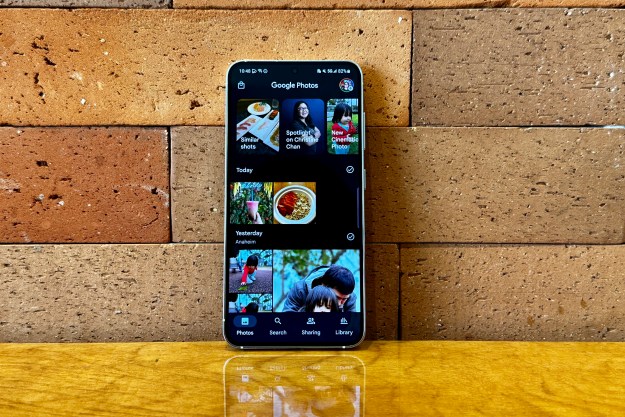
Background
The flaw is part of the Linux Kernel, which is what Android is built on. It was actually fixed in April 2014, but it wasn’t flagged as a vulnerability at the time. Later in February 2015, the security implications were discovered, and it subsequently received the CVE-2015-1805 identifier. Even so, it wasn’t an issue for Android devices since it wasn’t ported to the
However, last month the CoRE Team found that this vulnerability could be exploited by hackers to achieve root on Android devices. A hacker with root access to your device would acquire superuser access, which is more control than even you or other third-party apps have. They would be able to access and modify all system files.
CoRE notified Google of the exploit and the company started working on a patch that would be included in a future security update. Unfortunately Google couldn’t work fast enough, as Zimperium, the security team who uncovered the Stagefright hack, told Google the exploit was already in use on a Nexus 5 phone.
This was done through an application in the Play Store that has already been blocked. Google actively blocks apps that attempt to achieve root access, but it’s unclear how long the app was in the wild. Google said in a security advisory, “Google has confirmed the existence of a publicly available rooting application that abuses this vulnerability on Nexus 5 and Nexus 6 to provide the device user with root privileges.”
Google classified this issue with a Critical severity rating, but the application in question wasn’t considered malicious. However, the Critical severity rating means that other hackers could use the same exploit to spread malware.
A patch is on the way
Google already published patches for the flaw in the Android Open Source Project (AOSP) for the 3.4, 3.10 and 3.14 versions of the
These patches will be included in the April security update for Nexus devices. That’s the good news. The bad news is that Nexus devices only represent a handful of Android devices. It’s up to the manufacturers to issue patches for all the other
How to protect yourself
We know that exploits such as these can be scary, but you’re unlikely to fall victim to it if you make sure to download apps only from Google Play since Google will block any apps that use the exploit.
If you must install an app from a third party, make sure Verify Apps is turned on. To do this, open Settings, and find Google. Tap on it, followed by Security. Scroll down to the Verify Apps section and make sure that Scan device for security threats is turned on. Now any third-party apps that you install will be scanned for threats. Verify Apps is a good thing to turn on because it will protect you from all other exploits, not just this one.
If you want to find out if your device has received the patch, head into Settings, and tap on About Phone. Find the heading for the Android security patch level. If it’s April 1, 2016 or newer, you’re all set. If not, you can always contact the manufacturer of your phone and find out when the update will take place.
Editors' Recommendations
- How to turn your old phone into a security camera
- If you have one of these apps on your Android phone, delete it immediately
- Your Android phone just got an update that could save your life
- Don’t update your Pixel phone — a new Android update might break it
- Google is killing your passwords, and security experts are (mostly) happy
